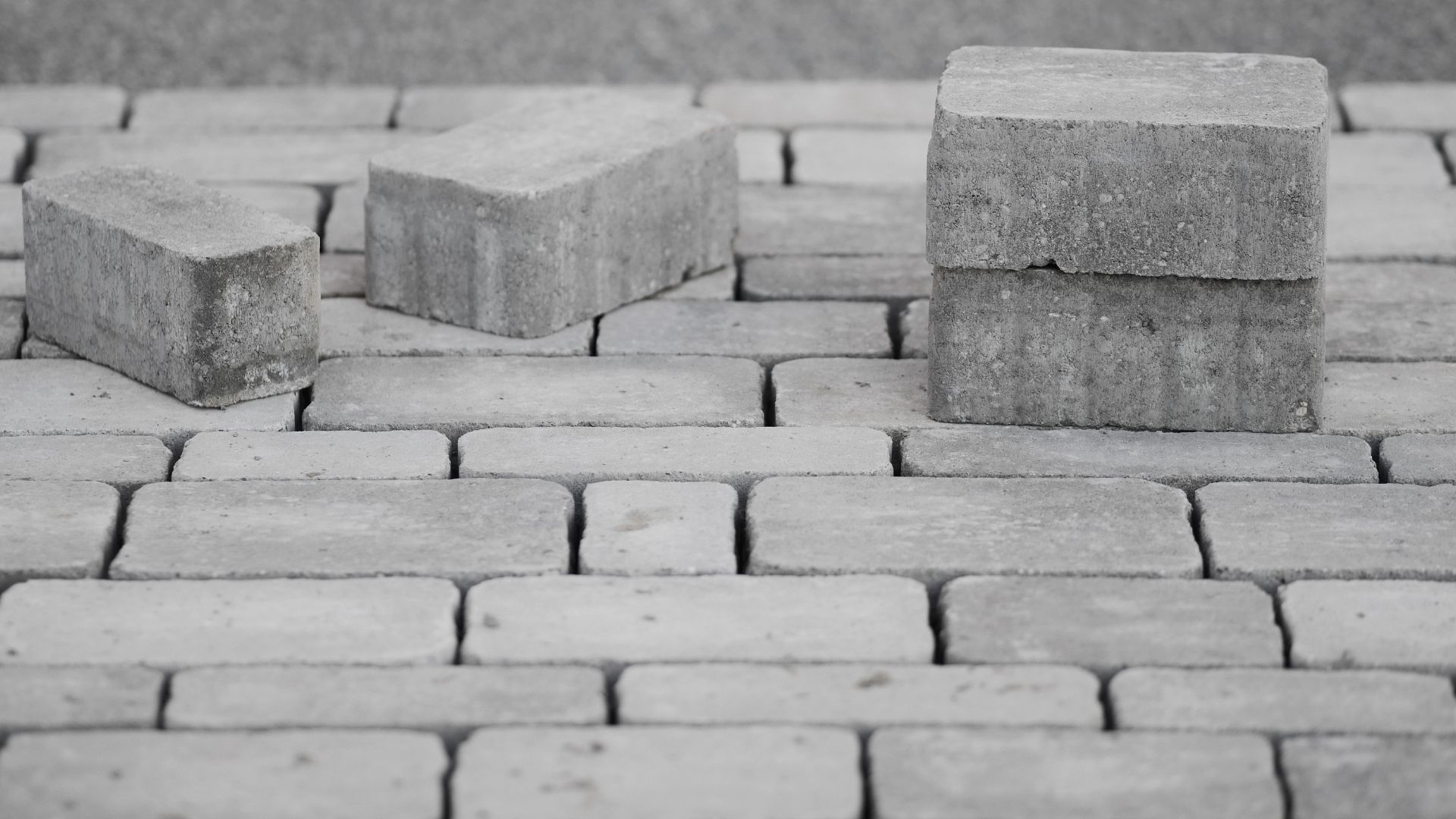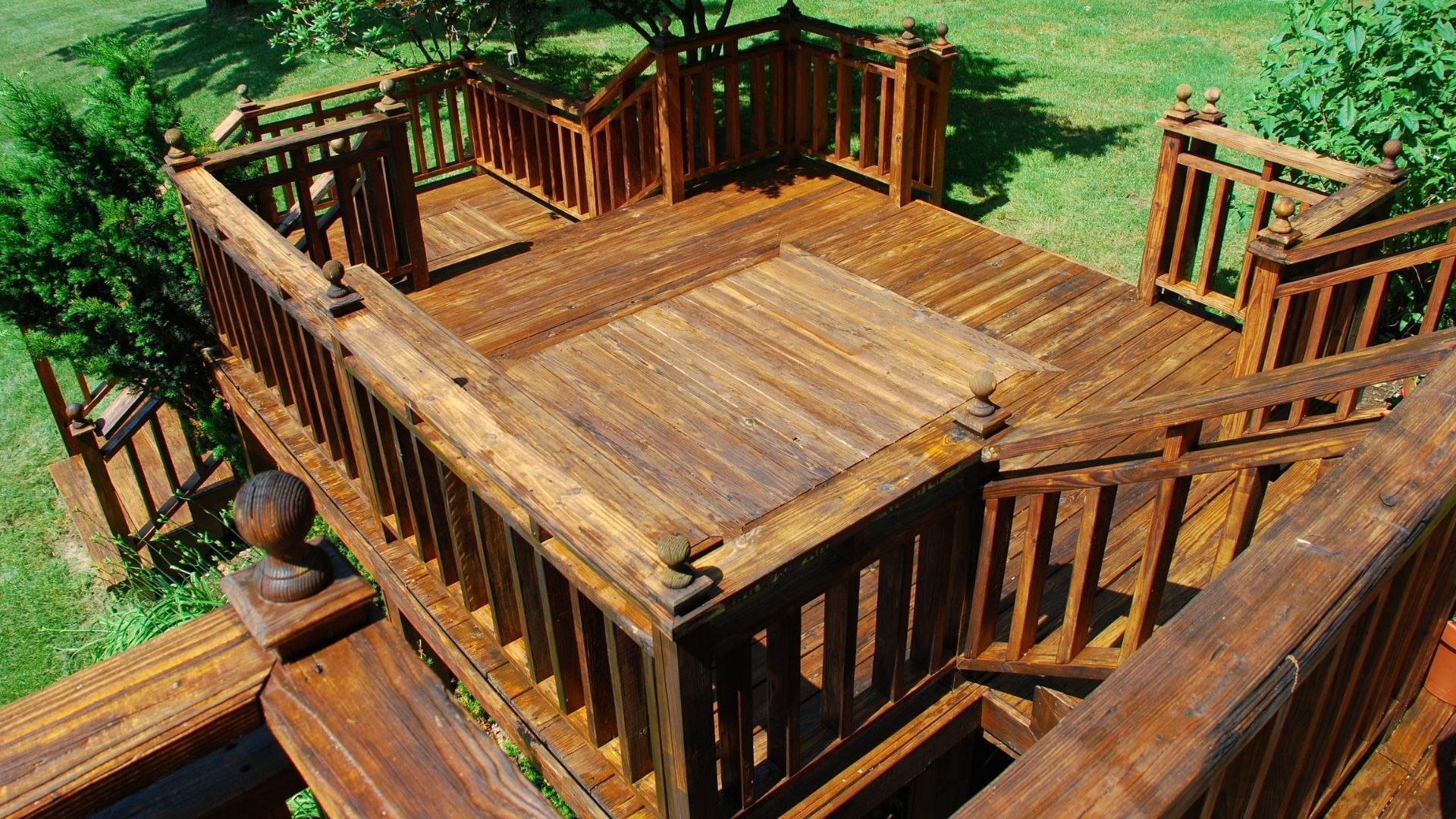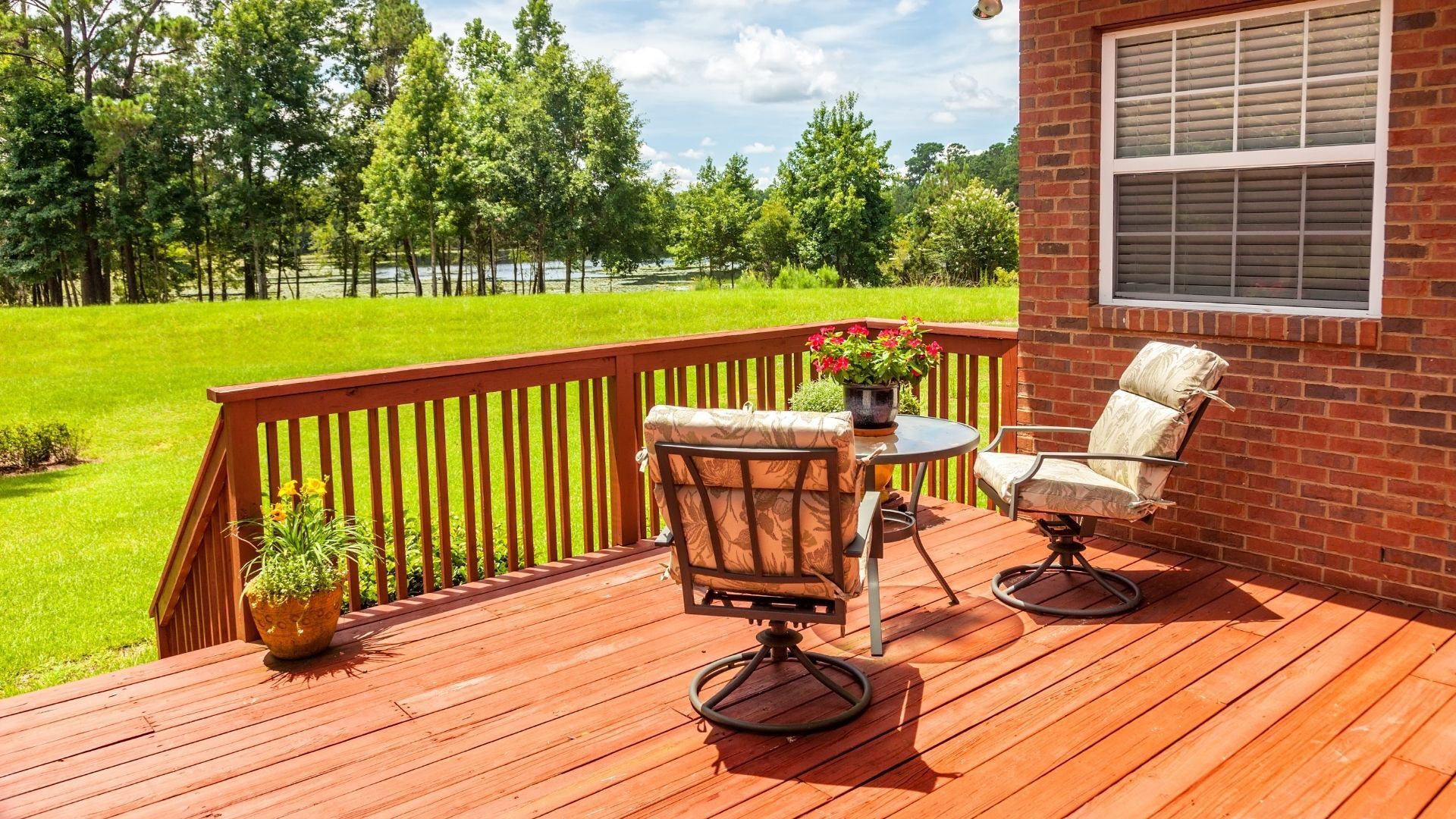Landscape Pavers or Concrete: Which Is More Affordable?
There's no doubt that landscape pavers and concrete are popular choices for many homeowners when it comes to creating an outdoor oasis. But which one is more affordable? That's what we're going to explore in this post. Spoiler alert: It depends on your specific needs and situation! Keep reading to learn more.
The Difference Between Concrete and Pavers
Concrete and pavers are durable building materials that can resist the movement of automobiles in a driveway. Concrete is less expensive, but pavers have the highest resale value and are more aesthetically pleasing. In addition, concrete is simple to build and maintain, while pavers give greater design flexibility and do not crack.
Pavers
Concrete has fewer design options than pavers, which also have a more appealing and long-lasting finish. Pavers are manufactured from several materials, including bricks.
Pavers typically have a lot of texture, which gives them a better grip than concrete, especially when wet.
Concrete
Concrete can be poured, bought as premade slabs, or bought as paver-like blocks. There are also several other finish options. The most common varieties of concrete are stamped concrete and plain flat or lightly textured concrete. Stamped concrete, like poured concrete, has a stamped or textured finish that improves traction and attractiveness. It could be imprinted with a design or embossed to seem like wood or stone.
Paths and pool decking are made from prefabricated concrete slabs. These are often pre-stamped, and some interlock to facilitate installation while reducing seam visibility.
Which Concrete Paving Option Will Save You Money in the Long Run?
Which of these two options do you believe will save you the most money now that you understand how they differ? For example, do you prefer poured concrete or concrete pavers? To answer this question, you must include the one-time price of both surfaces and the continuing costs of maintaining each type of surface.
Poured concrete is technically the least expensive choice per square foot when installation and concrete costs are considered. Despite the higher initial cost of pavers, they provide a superior return on investment and have a longer lifespan than poured concrete and stamped concrete. This ultimately implies that using concrete pavers is the most cost-effective option overall.

Which is Best For Your Home?
Evaluating your needs and situation is essential to determine which options are best for your home and family.
Ideal for Driveways
Pavers are the finest choice for driveways because of their curb appeal, lifespan, and durability. Although concrete is less expensive, it can crack over time or if the ground beneath it shifts. If this occurs, it will need to be replaced, necessitating a second large outlay. However, fewer problems are probable because pavers can withstand four times the weight of concrete. Furthermore, if a paver is damaged, the damaged paver can be replaced rather than having to rip up the entire driveway.
Best for Harsh Temperatures
Pavers are the finest choice for extremely hot or cold conditions. Concrete can resist temperature variations, mainly if the proper sealer is employed. However, because poured concrete has little plasticity, it is significantly more prone to cracking or buckling.
On the other hand, Pavers have very little flexibility to expand and contract in response to temperature variations. At worst, the odd paver may become loose and require resetting or replacement due to periodical expansion and contraction.
Ideal for Patios
Pavers are the most acceptable alternative for patios since they are more attractive and durable than concrete. And while your deck will not have to withstand the same amount of weight as your driveway, it will most likely have the most significant foot traffic of any of your outdoor spaces, so it makes sense to go with the most sturdy option if it is within your budget.
Conclusion
There are pros and cons to both options. Concrete and pavers have different benefits and draw their benefits from other sources. Concrete is more affordable, but it is virtually indestructible and is capable of withstanding more significant amounts of weight. Pavers are sturdier, but they are more expensive to install. However, if you are looking for excellent curb appeal and a durable surface for your patio, pavers are the answer.
For any landscape pavement and concrete services, don't hesitate to get in touch with us here at Victoria Deck and Fence!



